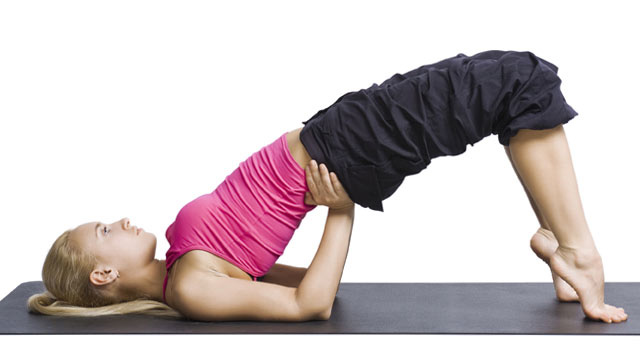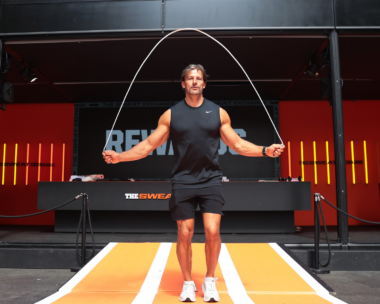When was the last time you thought about your pelvic floor? Unless you’ve had a problem “down there”, it’s more than likely the answer is “not recently”, if ever.
The pelvic floor is the group of muscles that support your pelvis. They form the foundation for all movement, balance, stability and flexibility by protecting the lumbar spine during physical activity.
The strength of your pelvic floor significantly effects how comfortable you are with exercise, continence, coughing, lifting, tampons, sexual intimacy and much more.
Mary O’Dwyer, a women’s health physiotherapist, explains some benefits of a healthy pelvic floor.
“A healthy pelvic floor has good sensation and orgasmic capacity, and orgasm itself is an intense strength work-out for pelvic floor muscles.” she says.
“Our pelvic floor muscles maintain vaginal muscle tone and sensation, so orgasm continues to be powerful even as we age. During pregnancy, pelvic floor exercises could actually help to shorten the second stage of labour in some women.
“Results from one study show intensive pelvic floor muscle training during pregnancy seems to facilitate rather than obstruct labour, and could prevent a prolonged second stage in some women.”
Problem: A weak pelvic floor. “When the pelvic floor muscles are weak,” Mary says, “due to chronic coughing, heavy lifting, poor posture, bowel straining, neurological disease or birth damage, the muscles lack tone and fail to lift and hold during activity. These women will definitely benefit from strengthening exercises.”
Problem: A too tight pelvic floor. “When pelvic floor muscles are too tight due to fear, stress, chronic tension or excessive exercise,” Mary says, “they also fail to control the bladder and bowel and are associated with pelvic and sexual pain. So if women with tight pelvic floor muscles do strength exercises, they will develop painful muscle spasms.” These women will benefit from relaxing stretching exercise such as hatha yoga.
Problem: Uncoordinated pelvic floor/abdominal muscles. “Other women [especially those with poor bladder control] use strong upper abdominal muscles during activity instead of lifting the pelvic floor early,” Mary says. “Some women suck in their waist, which reinforces this pattern. Automatically tightening the upper abdominal muscles first increases intra-abdominal pressure, which the pelvic floor muscles may fail to control.
“Women with uncoordinated pelvic floor or abdominal muscles benefit from specific training to find and use the pelvic core/core action instead of the upper abdominals, [such as Pilates].”
regularly growing tall through the crown of your head to switch on floor and core muscles;
put a support in the lower back to keep the lower back inward curve;
stand up every 20 to 30 minutes or walk over to a colleague’s desk;
draw circles with your bottom while sitting down; and
leave the car at home and walk to the bus or train.
How do yoga and Pilates help?
Yoga and Pilates involve slow movement with aligned posture. Holding poses builds endurance and strength in core muscles so it’s easier to sit and stand tall for longer.
- Stand and imagine you are holding a pencil in your vagina. Soften both knees and draw circles and numbers with your “pencil”.
- Lift your pelvic floor before you cough, sneeze or lift.
Related video: Poise Pilates – The Clams
The Clams has been designed to help work the abdominal muscles as well as the pelvic floor to build better core stability.




